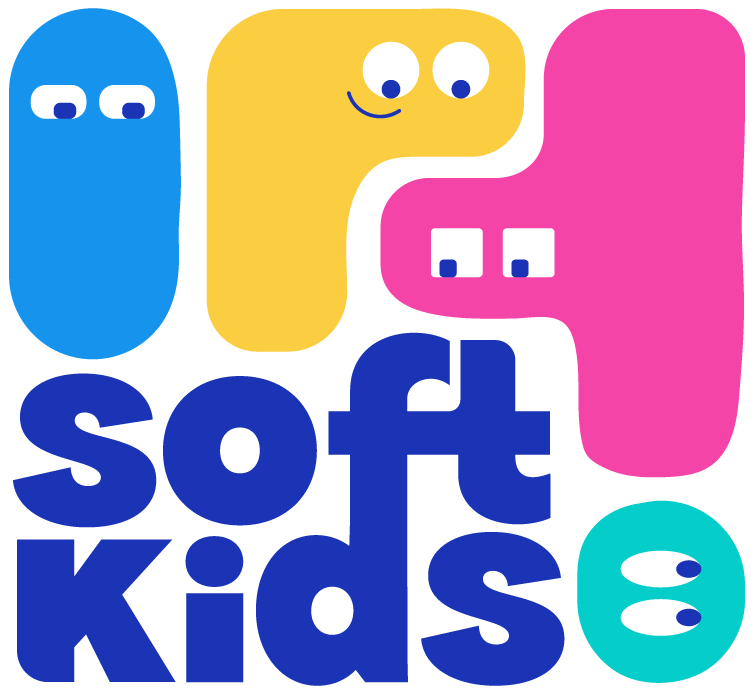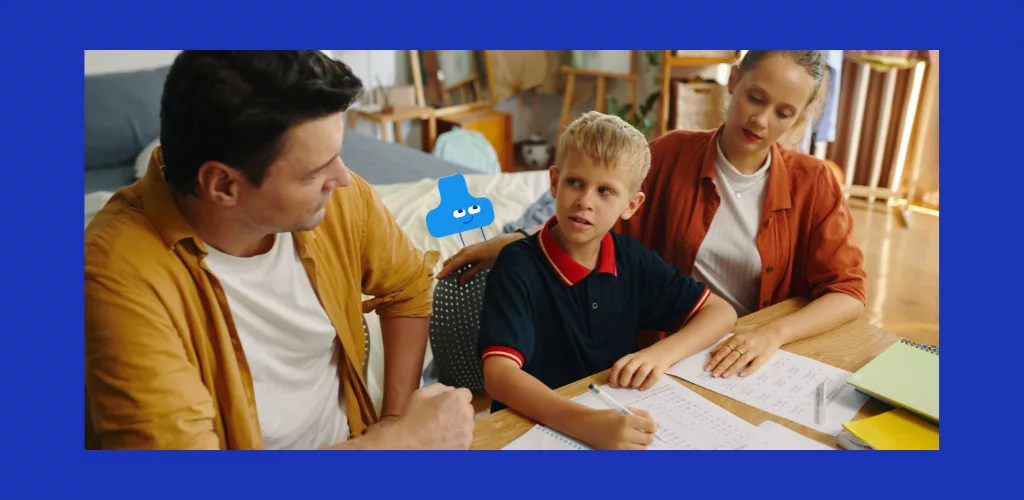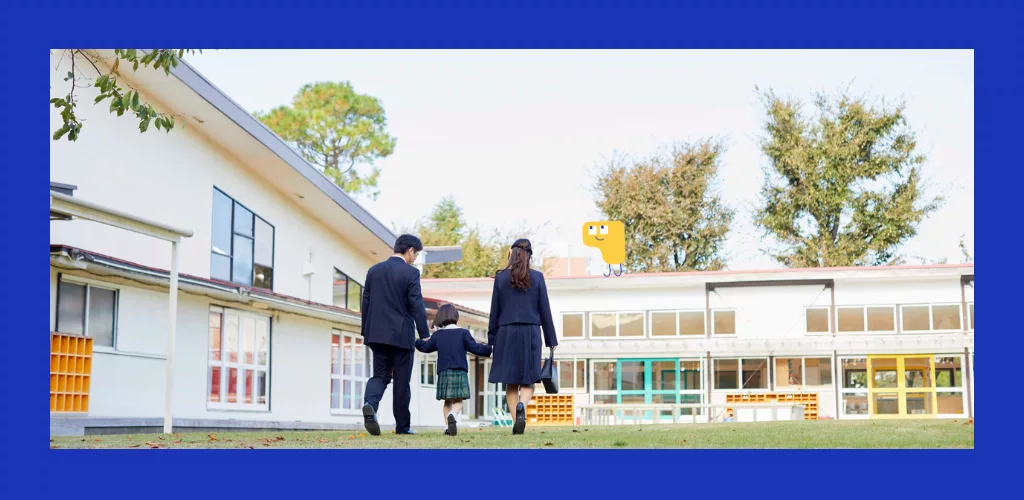Around the world, governments are taking action. Australia bans TikTok, Instagram and Snapchat for under-16s. France is discussing a similar law for under-15s. The United States is stepping up restrictions.
But does this wave of legislation really meet with consensus? Between necessary protection and digital puritanism, the debate divides parents, educators and researchers.
Deciphering a controversy that affects every family.
The case for a ban: protecting children from real danger
Chilling figures
The statistics on cyberstalking are clear:
-
37% of young people aged 6 to 18 have been victims of cyberbullying
-
41% of cases occur on WhatsApp
-
25% of victims had suicidal thoughts
-
4h11 per day Average time spent on screens by 15-24 year olds
Given these figures, the ban seems an obvious protective measure.
Platforms designed to be addictive
Big Tech makes no secret of the fact: its algorithms are optimized to capture attention for as long as possible. Silicon Valley engineers have even confessed to designing intentionally addictive systems.
The problem? Children and teenagers don't have the cognitive maturity to resist these mechanisms. Their brains, still developing, are particularly vulnerable to these constant stimuli.
Massive support from parents and... children
According to a September 2024 Acadomia survey:
-
90% of parents are in favor of banning social networking before the age of 15
-
75% of children would also prefer a ban on TikTok
This rare consensus shows that even the main stakeholders recognize the difficulty of self-regulation in the face of these platforms.
The need for European regulation
Without a strict legal framework, companies will continue to optimize their platforms to maximize screen time, to the detriment of young people's mental health.
The European Union has adopted the Digital Services Act (DSA) which requires platforms to protect minors. But without a clear ban, these obligations remain vague and difficult to enforce.
Arguments against a ban: a false solution that poses more problems than it solves
An infantilizing and authoritarian vision of youth
Some researchers, such as Anne Cordier of the Centre de Recherche sur les Médiations at the University of Lorraine, criticize this restrictive approach.
In his book Faut-il interdire les réseaux sociaux aux jeunes?she denounces a caricatured view of teenagers: passive, incapable of criticism, totally addicted.
"We use deeply authoritarian terms like 'digital curfew'. This reflects a very infantilizing and distrustful vision. Digital becomes an enemy to be neutralized rather than a tool to be understood."
A complex link between mental health and social networks
Contrary to alarmist rhetoric, scientific research shows that the link between social networks and mental health is far more complex than is commonly assumed.
The problematic use of screens tends to amplify risks that are already presentlinked to personal fragility and social context. In other words: social networks don't create problems, they reveal them and sometimes exacerbate them.
Prohibition would therefore not solve the underlying causes such as malaise, isolation, family or school difficulties.
An unenforceable ban
The example of France is revealing. In 2023, a law introducing a "digital majority" at age 15 was passed... but never applied, for lack of an implementing decree.
Why do you ask? Because age verification would pose technical problems:
1. VPNs allow you to bypass blockings
After Pornhub was shut down in France in June 2025, VPN sales exploded (+1000% for ProtonVPN, +170% for NordVPN).
2. Verification systems are unreliable
According to Yoti, a leading provider of facial verification :
-
34% of 14-year-olds are misidentified as 16-year-olds
-
73% of 15-year-olds pass the test
The risk of digital exclusion
Banning access to social networks also means cutting young people off from essential social spaces :
-
Class groups on WhatsApp (for homework, organization)
-
Self-help communities (LGBTQ+, mental health, hobbies)
-
Access to information and culture
-
Developing essential digital skills
In a world where digital technology is omnipresent, depriving young people of these tools means excluding them from a part of social and cultural life.
The third way: education and support rather than bans
Teaching critical thinking from an early age
Rather than banning digital content, many experts advocate early digital education :
-
Understanding how algorithms work
-
Recognizing fake news and disinformation
-
Protect your personal data
-
Managing screen time
-
Report inappropriate content
This approach helps to make young people autonomous rather than dependent on external control.
Empowering platforms, not just users
The real problem is not the age of the users, but the lack of moderation and toxic toxic algorithms of the platforms.
Rather than prohibiting access, we could :
-
Require platforms to disable recommendation algorithms for minors
-
Impose mandatory break times
-
Banning advertising targeting of children
-
Drastically strengthen content moderation
Involving parents in digital support
Parents have an essential role to play, but many feel powerless:
-
70% of parents don't know how to use parental controls
-
52% of parents say they talk about digital best practicesbut only 39% of children confirm
Best practices :
✅ Regular dialogue on digital uses
✅ No telephone in the room at night
✅ Setting an example by limiting your own use
✅ Be aware of the platforms used by your children
✅ Create disconnected moments as a family
Le modèle nordique : une approche plus équilibrée
Certains pays nordiques expérimentent des approches moins restrictives :
-
Formation obligatoire à l’éducation numérique dès l’école primaire
-
Ateliers parents-enfants sur les usages responsables
-
Accompagnement plutôt que surveillance
-
Gradual empowerment with age
These models show that it is possible to without infantilizing.
WhatsApp: the special case that complicates everything
A social network without a name
41% of cyberbullying cases occur on WhatsApp, particularly in so-called "class groups".
The problem? WhatsApp is not considered a social network, but a private private encrypted messaging. This makes any regulation much more complex.
Between protection and freedom of communication
Regulating WhatsApp raises a fundamental question: how far can we go in controlling private communications without violating privacy and freedom of expression?
Class groups have become essential spaces for socialization, but also arenas where harassment thrives far from the gaze of adults.
Should these groups be banned? Moderate them? Integrate them into official school tools? The debate remains open.
So what can be done?
For parents
1. Dialogue without judgment
Create a climate of trust where your child can talk to you about what's bothering him online.
2. Set clear limits
-
No telephone in the room at night
-
Screen time defined together
-
Certain applications are age-restricted
3. Get informed and trained
Know what platforms your kids are using. Test them yourself.
4. Activate parental controls
On all devices, but without excessive surveillance.
5. Set a good example
It's hard to set limits if you're glued to your phone yourself.
For public authorities
1. Regulate algorithms, not just age
Require platforms to disable addictive recommendations for minors.
2. Reinforce moderation
Heavily penalize platforms that fail to moderate toxic content.
3. Invest in digital education
Train teachers, create appropriate programs from primary school onwards.
4. Protect personal data
Prohibit the targeting of advertising to minors and the collection of their data.
For platforms
1. Take responsibility
Stop hiding behind the "freedom of expression" argument to justify lack of moderation.
2. Invest in security
Recruit human moderators, improve algorithms for detecting toxic content.
3. Transparency
Publish regular reports on reported content, banned accounts and measures taken.
Conclusion: no total ban, no laissez-faire
Should children be banned from social networking sites? The question is badly put.
An outright ban is a false solution :
-
It is technically difficult to implement
-
It infantilizes young people
-
It does not solve the root causes of malaise
-
It creates digital exclusion
But neither is is not acceptable either :
-
Cyberbullying figures are alarming
-
Platforms are designed to be addictive
-
Children are vulnerable to these mechanisms
The real solution requires a balance between three pillars:
- Strict regulation of platforms algorithms, moderation, data protection
- Early Digital Education Digital literacy: critical thinking, autonomy, empowerment
- Parental guidance Dialogue, clear limits, setting an example
Protecting our children, yes. To deprive them of autonomy and essential skills, no.
The debate has only just begun. But one thing is certain: simplistic solutions won't work. It's time to accept the complexity of the subject and build nuanced responses, adapted to each child, each family, each situation.




0 comments